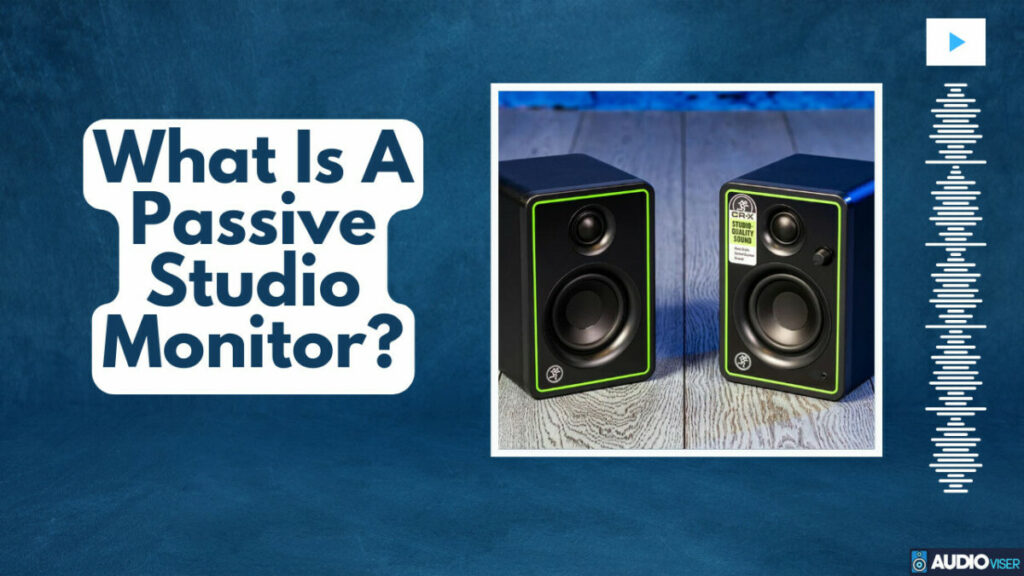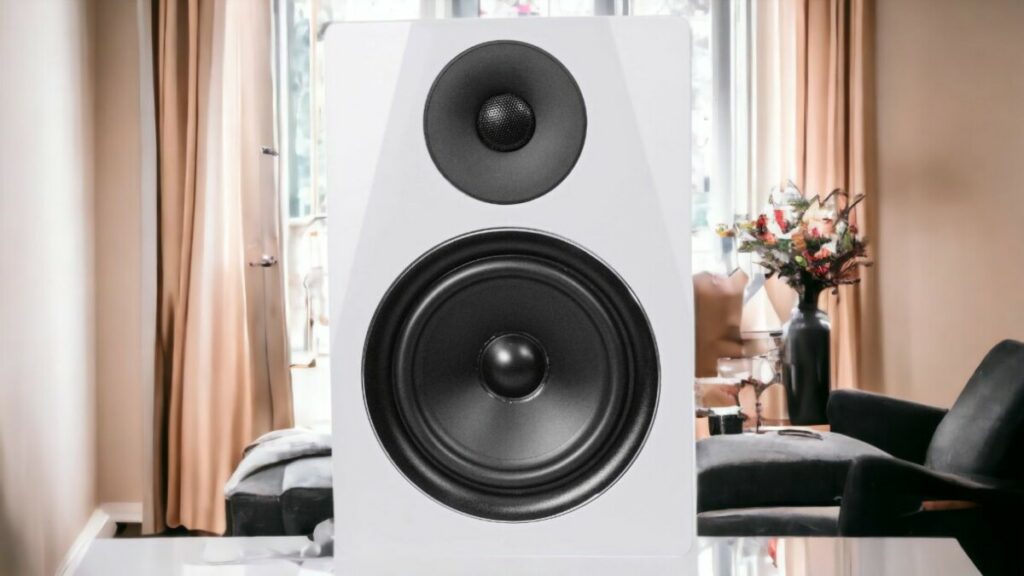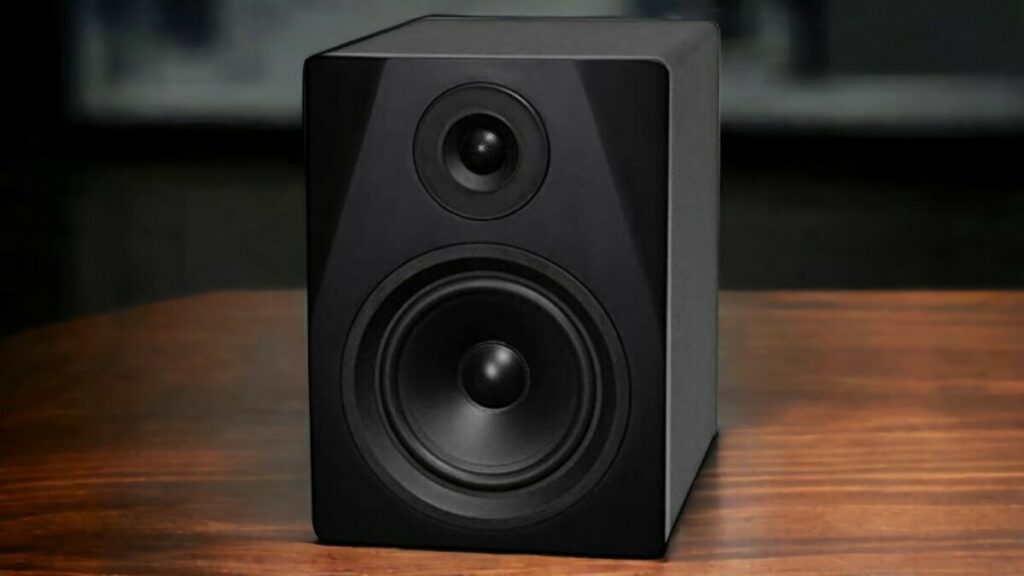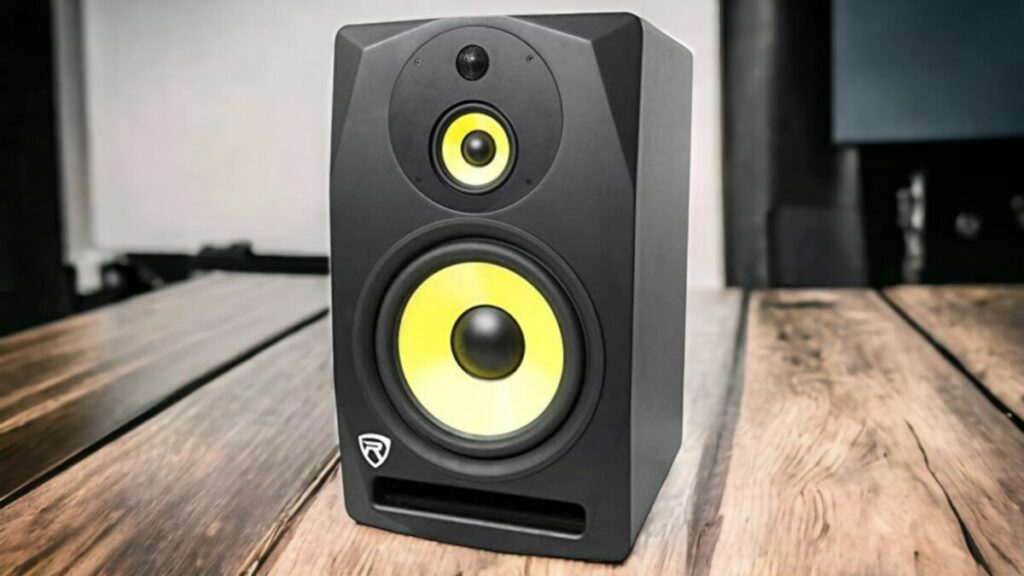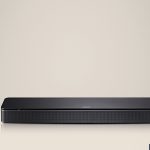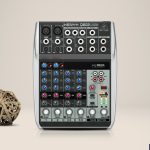Ever wondered what’s brewing behind those banging beats of your favorite tracks? Well, let me introduce you to the real MVP – the passive studio monitor!
It’s like the unsung superhero of the music production industry. So, buckle up, we’re about to take a deep dive into this tech-savvy world.
We’ll unpack the differences between passive and active monitors, break down their techie features and guide you on how to pick the perfect one for your needs. Trust me, after this, you’ll see why these monitors are so crucial in creating those sick beats.
Ready to get the lowdown? Let’s roll!
So, What Is A Passive Studio Monitor?
Passive studio monitors are those speakers that need an external amp to pump out sound, quite unlike the active ones that come with their own in-built amplifiers.
- The Good: Being able to pick your amp gives you the freedom to tailor your sound to your heart’s content and match power needs like a pro. If you’re a stickler for specifics when it comes to amplification, passive monitors can be a dream come true.
- The Bad: Getting passive monitors up and running can mean wrestling with some tricky setup work, like making sure that the amplifier and the monitor’s power and impedance are on the same page. Also, your wallet could take a bigger hit when you add up the cost of the passive monitor and separate amplifier. Don’t forget the space all these extra bits and pieces could take up, and remember there are more links in the chain where things could potentially go wrong.
Basics of Passive Studio Monitors & Placement
So, you’re about to get the lowdown on passive studio monitors, right? These bad boys are a must-have if you’re serious about your audio game. One thing you’ve got to master though, is the whole business of monitor placement. Here’s the deal – where you put your monitors can make or break your sound quality.
To get the best sound, position your monitors so they’re at the same level as your ears and form an equilateral triangle with where you’re sitting. This setup will give you top-notch stereo imaging and frequency response.
Just a heads up, these passive monitors aren’t standalone – they need an external amplifier. You’ve got to make sure the power rating of your amp matches the handling capacity of your monitor. This is key for killer sound quality.
Using an external amplifier means you get more control over your sound, but it also means more equipment, more wires, and a setup that’s a bit more complicated. But trust me, the pristine sound quality you get out of this setup? Totally worth the hustle.
Technical Aspects of Passive Studio Monitors
So, when it comes to the nitty-gritty, with passive studio monitors, you’re going to need an external amp. Why? Because these bad boys don’t come with one built-in. And this is where you gotta get slick with monitor calibration techniques. These help you get it all synced up, matching your amp’s output with the speaker’s input impedance just right. You’re gonna have to play around with gain levels, frequency response, and dynamic range to get that sweet spot of sound.
Also, let’s not forget about the components. The quality seriously matters here. Only top-notch components can guarantee you that low distortion, solid frequency response, and outstanding durability you’re chasing. If you’re stuck with a mismatch or some cheap knock-off components, you’re heading for a world of trouble – we’re talking signal loss, annoying noise, and below par sound reproduction.
Another thing you’ll want to think about when setting up passive studio monitors is the quality of your cables. The kind of cables you use – top-tier or bottom of the barrel – can really make a difference in your sound game. Go cheap and low-quality, and you might find unwanted static creeping into your set or hear a noticeable drop in the sound quality.
On the flip side, pretty pennies spent on high-quality cables can guarantee a super sturdy, interference-free connection between your monitors and the external amp. This means you’ll be hearing your sound flawlessly reproduced and crystal clear. So basically, the quality of studio monitor cables can make or break your sound experience. Spend wisely!
Comparing Passive and Active Studio Monitors
In the world of studio monitors, you’ve got two big players – passive and active. The major difference between the two? It’s all about the amp. Passive monitors need an external amp to bring the noise, while active monitors have it all going on inside.
Now, on to the sound quality. Generally speaking, active monitors deliver a more balanced and accurate sound. That’s because their internal amplifiers are custom-designed for the job. On the flip side, the sound quality of passive monitors can be a bit of a wild card. It all comes down to which external amp you’re using.
Which one’s more energy efficient, you ask? Active monitors take the cake. They’re generally more power-efficient because they don’t need to mooch off an external amplifier’s power.
At the end of the day, the choice between passive and active monitors is pretty personal. It all depends on what you need and what you’re into. But remember, no matter what you choose, it’s all about that sound quality, baby!
Talking of studio monitors, there’s a pretty cool buzz going on amongst the music tribe. A wave of sounds buffs have begun using a soundbar as a studio monitor. Sure, it’s kinda out-of-the-box thinking, but a soundbar can create a sweeping soundstage, particularly perfect for those strapped for space or not keen on a classic studio monitor layout. But, remember peeps, it’s critical to check out the good and bad, and think about what you’re really going to use it for before taking the plunge.
The Benefits of Using Passive Studio Monitors
Okay, so you might be wondering why anyone would opt for passive studio monitors when they require an external amp? But hear me out, they definitely have some slick advantages that could make them the perfect fit for your setup.
One of the major pros is the striking improvement in sound quality. You see, with passive monitors, you can hook them up with an amp that totally vibes with your unique sound preferences. This gives you more sway over your sound output, which is a total win!
Now, let’s chat about upkeep. It’s actually a lot more straightforward than you might think. Since there’s no internal amp in the mix, there’s less chance of things overheating and messing up your gear. Just dust them off regularly, and keep them away from anything magnetic to keep them in tip-top shape. Trust me, a little TLC goes a long way in extending their life.
Shifting our attention away from music production, you’ll be surprised to know that a bunch of peeps have started gaming on a studio monitor. I know, I know, it sounds a bit unorthodox but hear me out, there exist legit reasons for this offbeat call. Take a peek at this guide on gaming on a studio monitor and you’ll decode why this transition is happening amongst gamers. See, the clean, detailed sound kick from studio monitors can massively up their game, making every audio hint sharply outlined and fully immersive. Sounds cool, right?
Sound Artist
I’m a Sound Artist creating immersive sonic experiences. I turn everyday objects into music, turning the mundane into something marvellous!

